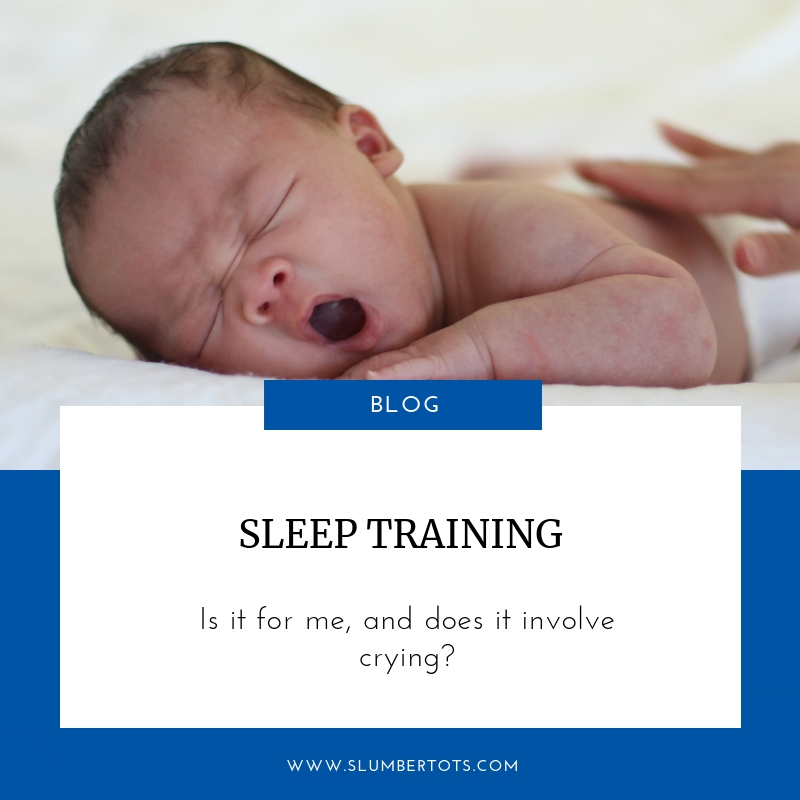Our instincts are all about holding baby close, meeting their every need the moment it arises. And protecting them with all of our strength and determination.
Attachment parenting & sleep training

As parents, we bear an enormous responsibility. It’s not just about keeping our little ones warm, fed and happy. We’re all looking to raise exceptional human beings. We’re responsible for the quality of our kids’ lives long after they’ve left the nest, and many of the decisions we make today are going to determine who they are 20, 30, even 50 years from now. No surprise then that we take decisions over how to care for them in every aspect, whether that’s sleep training, weaning or potty training very, very seriously.
I have worked with more than a few clients who enjoy attachment parenting. And they usually feel like they’re “cheating” a little by sleep training with their babies. Attachment parenting is a parenting philosophy that was popularised by Drs. William and Martha Sears in their 1993 publication, “The Baby Book”. The idea, in a nutshell, is maximum closeness and responsiveness. You wear your baby, you share a bed with your baby, you breastfeed on demand, and you answer their cries immediately.
One of the elements of attachment parenting that tends to make advocates pause when they think about sleep training, is sleeping close to baby…another term for bed sharing. However, my experience shows that babies sleep better, and so do their parents, when they aren’t in the same bed as you. More people in bed means more movement. More movement means more wake ups. And more wake ups means less of that rich, delicious, deep sleep that we love to see everybody getting.
So is it a deal breaker when it comes to sleep training? Pretty much. Teaching babies to fall asleep independently isn’t really feasible when their parents are in arms’ reach at all times. It might work for some families, and that’s great for them. However, for anyone who wants to keep their little one close but would rather not wake up to baby’s toes in their nostrils ten times a night, I suggest sharing a room instead of a bed. As long as baby has a separate space to sleep, then sleep training is once again a viable option.
So does sleep training involve crying?
Crying is how babies express discontentment, no question about it. Whether it’s a wet nappy, general discomfort, or just wanting something that they don’t have at that particular moment, babies cry to express that they want something.
I’m often asked if my programmes involve any form of ‘crying it out’. And the answer is a definite no. I do suggest giving your baby a few minutes to see if they can fall back to sleep on their own, but the idea that sleep training requires parents to close the door at bedtime and leave their little ones until the next morning, regardless of the intensity or duration of their crying, is not something that I advocate.
Making changes to a baby’s routine, and the methods they use to fall asleep will often result in some crying and protest in the first couple of days, but I am a firm believer in staying with your baby, and supporting them whilst they learn. And they do learn, quickly!
Finding balance
Being a parent is incredibly demanding and requires a finely-tuned well-oiled machine to do it. It can be all consuming, as you care for your tiny human being. I have certainly found that to be the best parent I can be, I absolutely need to get sufficient rest.
All of the parents I’ve worked with have found that being well-rested means they are ready to care for, entertain, and nurture their child in the way that they want to. It’s demanding, so don’t feel guilty for needing that naptime to recharge or prepare dinner. Or for willing a smooth bedtime to come around so that you can switch off for the day.
If you’d like some support in teaching your little one those essential sleep skills, I’m here to help.
